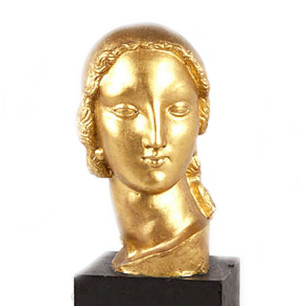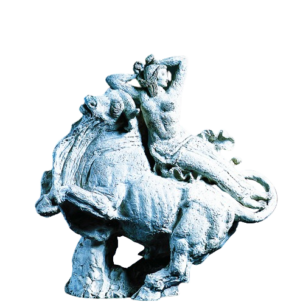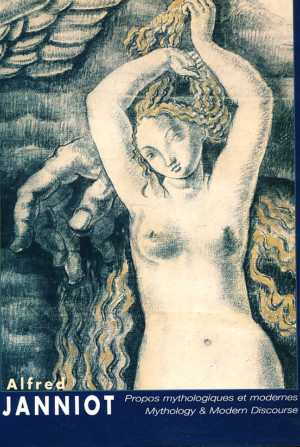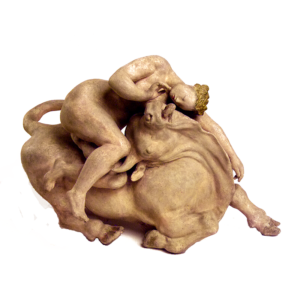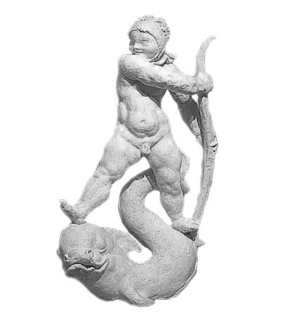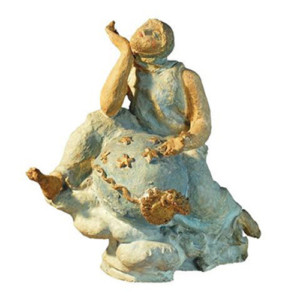(1889-1969)
Literature: Jacques Baschet, “Sculpteur de ce temps.” Paris: Nouvelles Editions Françaises, 1946.
Alfred-August Janniot is one of the most important sculptors associated with the French Art Deco movement. He is often associated with the Bordeaux School, although he was not born in that city. Janniot was born in Paris, where he studied with Antonie Injalbert, and attended the illustrious Ecole Nationale des Beaux Arts. The Bordeaux School rose to prominence during the 1930’s, under the guidance of the city’s mayor, Adrien Marquet. Other well-known artists associated with the Bordeaux School were Jean Dupas, Rene Buthaud, Pougheon, Raphael Delorme and Louis Sue.
In 1910, early in his career, Janniot was awarded an Honorable Mention at the Salon des Artistes Francais. His great talent was recognized, and he was awarded the prestigious Prix de Rome in 1919, and it was during his stay at the Villa Medici that he became acquainted with the painter Jean Dupas. They admired each-others work, and this meeting was the start of a long and close friendship that led them to work on various projects together, such as “l’Hotel du Collectionneur” – Jacques- Émile Ruhlmann’s masterpiece for the 1925 Exposition Internationale des Arts Decoratifset Industriels Modernes in Paris, and the famous ocean liners Normandie and IIe de France. In fact, Ruhlmann was a great admirer of Janniot’s work, and Janniot worked with him on other projects, among them creating sculpted walls, with figures in relief; a technique for which he was particularly famous.

Janniot enjoyed many commissions from both private and public sources. In addition to the above, he was awarded a highly important commission to create a monumental fountain for the Place Massena in Nice, France, to be called “The Fountain of the Sun”, which was finally completed in 1957. The design was based upon the association of sea and sun, which have always drawn people to Nice’s location on the Mediterranean.
The central figure was Apollo, surrounded by allegorical representations of some of the planets of the Solar System. The most powerful of these was Mars, god of War, here depicted as a nude male striding through the water, and leading a horse by gripping its head. Both man and horse are powerful, muscular and virile. Janniot created several of these as free-standing sculptures in varying sizes, which were particularly admired by the French architect Michel Roux-Spitz, who used them in several of his interiors.
Janniot also created many sculptures, both individual and groups, for private clients – many of these quite large and intended to be displayed out-doors, as well as numerous smaller sculptures, often in terra cotta, and often with mythological subjects, such as Leda and the Swan and the Rape of Europa.
Janniot also created some very important work for New York City. He was awarded highly important and prestigious commission for the gilded panel Paris and New York Joining Hands Above Figures of Poetry, Beauty and Elegance (circa 1930) on the façade of Le Maison Francaise (610 Fifth Avenue) at Rockefeller Center.
Showing all 6 results


